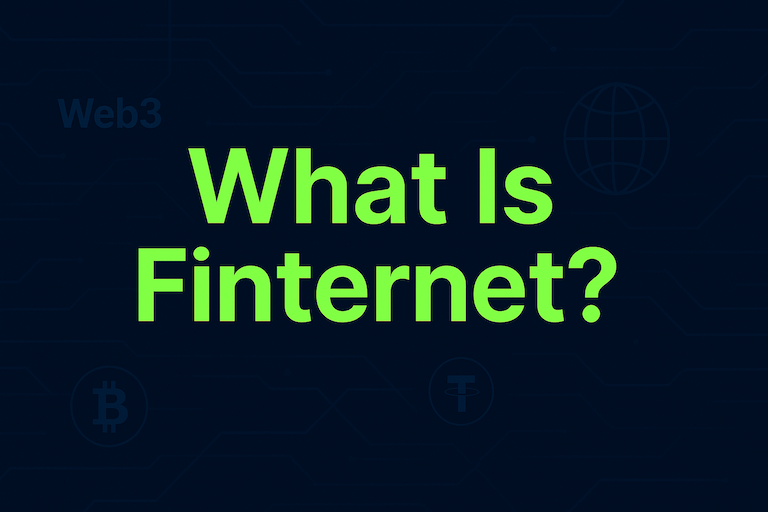Deeply Reflecting on Web2, Thinking Hard About Web3
Mar 25, 2025
As we transition from Web2 to Web3, it’s essential to critically assess the evolution of the internet and its impact on society. Web2 brought about a significant shift in how we interact online, fostering user-generated content and social networking. However, it also raised concerns regarding data privacy, centralized control, and the monopolistic practices of major platforms. In this blog post, we will explore the key characteristics of Web2 and examine how Web3 aims to address these issues through decentralization and user empowerment. By reflecting on the lessons learned from Web2, we can better understand the potential of Web3 to reshape our digital landscape.
The Landscape of Web2
Web2 is often characterized by the rise of social media platforms, blogs, and interactive websites that prioritize user-generated content. This era transformed the internet into a more participatory space, allowing users to share their thoughts, ideas, and creativity with the world. While this democratization of content creation was revolutionary, it also led to new challenges. The dominance of a few key players resulted in concerns about data ownership and user privacy. As we reflect on this era, we can identify several key characteristics that defined Web2.
User-generated content became the cornerstone of online engagement.
Centralized platforms began to dominate the internet landscape.
Monetization strategies often exploited user data.
Privacy concerns emerged as users became more aware of data collection.
The influence of social media algorithms shaped public discourse.
The Downfalls of Web2
While Web2 brought many advancements, it also highlighted several significant downfalls that need addressing. The centralized nature of many platforms means that a handful of companies possess immense power over user data and content distribution. This concentration of power has led to issues of censorship and the manipulation of information. Furthermore, the business models of these platforms often prioritize profit over the well-being of users, leading to exploitation and a lack of transparency. Understanding these pitfalls is crucial as we transition to a more decentralized and user-focused Web3.
Centralization led to a concentration of power and influence.
Users often have limited control over their data and content.
Profit motives can overshadow user trust and safety.
Censorship and content moderation practices remain opaque.
A lack of accountability exists among major platforms.
The Promise of Web3
Web3 represents a new paradigm in which users regain control over their online experiences. By leveraging blockchain technology and decentralized networks, Web3 aims to empower individuals and create a more equitable internet. This shift encourages transparency, user ownership, and democratized governance. As we consider the potential of Web3, it's vital to recognize how it differs from its predecessor and the opportunities it presents for innovation and improved user experiences.
Decentralization enables user ownership of data and content.
Transparency is a core principle, reducing the chances of manipulation.
Blockchain technology allows for secure and verifiable transactions.
User governance models can foster community-driven decision-making.
Interoperability between platforms enhances user experience.
Challenges Facing Web3
Despite its promise, Web3 is not without challenges. The transition from Web2 to Web3 requires overcoming technical, regulatory, and societal hurdles. Many users are still unfamiliar with blockchain technology and the principles of decentralization, which may hinder widespread adoption. Furthermore, regulatory frameworks are still evolving, leading to uncertainty in how Web3 platforms will operate within legal boundaries. Addressing these challenges is essential for the successful implementation of Web3.
User education is necessary for broader adoption of Web3 technologies.
Regulatory uncertainties can create barriers to innovation.
Scalability issues may arise as networks grow.
Security concerns need to be addressed to build trust.
Interoperability between different blockchain systems remains complex.
The Future of Internet Interaction
The future of internet interaction lies in the balance between user empowerment and technological innovation. As Web3 continues to develop, the focus will likely shift toward creating inclusive spaces that prioritize user needs and values. The evolution of digital identities, community governance, and personalized experiences will shape how we engage online. By learning from the shortcomings of Web2, we can strive for a future that values privacy, autonomy, and collaborative growth.
Digital identities may become more secure and user-controlled.
Community governance models could redefine how platforms operate.
Personalized experiences will enhance user engagement.
Collaborative ecosystems may emerge for sharing resources and knowledge.
A focus on ethical practices will shape the development of new technologies.
Conclusion
Reflecting on our experiences with Web2 provides valuable insights as we navigate the transition to Web3. Understanding the pitfalls of centralized control and data exploitation can guide us toward a more equitable digital landscape. By embracing the principles of decentralization and user empowerment, we can work together to create a better internet for everyone. The potential of Web3 is vast, and as we think hard about its implications, we can foster an online environment that prioritizes trust, transparency, and community.
Start your safe cryptocurrency journey now
Fast and secure deposits and withdrawals, OSL safeguards every transaction !


